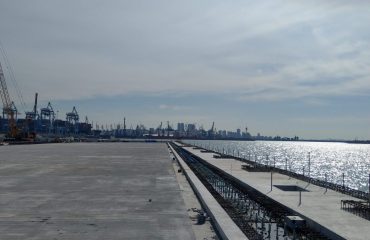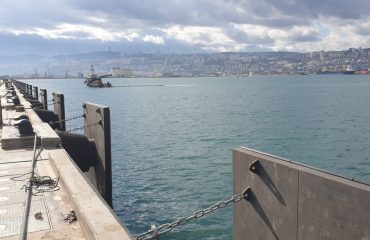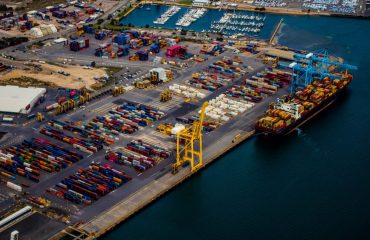Agitation models
Numerical simulation of wave propagation towards the shore and agitation into ports.



Introduction
Ports and harbors are intended to provide a calm moorage for vessel for purposes of loading and discharging cargo, passengers’ boarding and allow convenient maintenance of vessels. When designing a new harbor, one of the main requirements is to provide defense from open-water waves so that the mooring area will remain stable and still.
Each basin has such geometric parameters that may lead to amplification of specific waves that penetrate it. This phenomenon is known as resonance. Concentration of wave energy at certain frequencies may sometimes generates higher waves than outside the port. Thus, avoiding waves within a marina is more complicated than just providing protection from offshore waves.
When designing a port, an important step is to characterize which waves penetrate the harbor may lead to resonance as well as to examine whether those waves are typically at the harbor entrance area or may be formed by non-linear interaction mechanism. Analyzing wave agitation within marinas and ports is complex and only few companies possess this capability.
CAMERI holds vast experience in modeling the development of in-harbor waves and the resulting vessel motions at different mooring positions. CAMERI can help port designers to assess and improve their port layout design. CAMERI has performed agitation models for large scale ports, marinas and power plant pools along the east Mediterranean coast and was involved in their design process.
CAMERI has experience with different kinds of wave modeling: hindcasts using available wind data, near-shore wave transformation to deep water and from deep water to target points; Shoaling, refraction and diffraction effects close the shore and port’s elements.
With our knowledge, CAMERI can simulate the behavior of waves inside the harbor, finding its “weak spots”, comparing between alternatives and suggest ways to reduce the harbor’s agitation.
- Whether you are designing a new marina or a new jetty in an existing harbor, our team will help you to get the best results.
Linear and non-linear agitation models
wave transformation model (liner and non-linear)
Simulation of processes such as wave refraction and shoaling, current-induced refraction and shoaling, diffraction, wave-wave interaction etc.
wave transformation model (liner)

© 2020 CAMERI – Coastal and Marine Engineering Research Institute
All rights reserved
About us
Established in 1975 by the Technion and the Israel Ports Company,
CAMERI deals with various subjects on the interface between Civil Engineering and the marine/coastal sphere.
Services
- Numerical modeling simulations
- Physical scale modeling
- Coastal & marine data analyses
- Waves measurements
- Research studies
- CAMERI in academia
- Publications
Address
- Technion City Haifa 32004 Israel
- +972 4-9292957
- [email protected]

